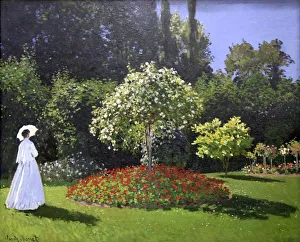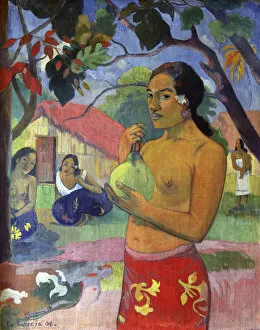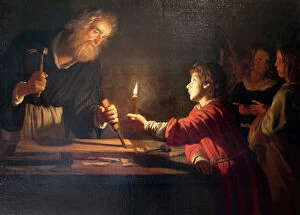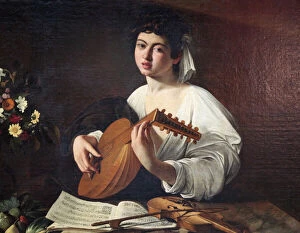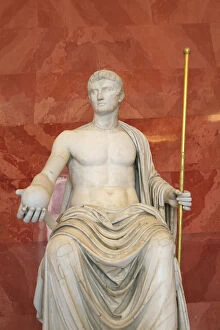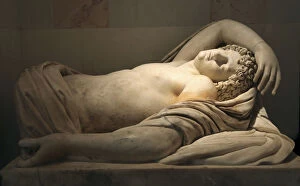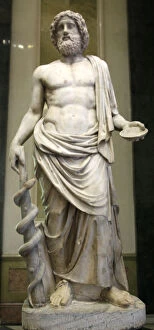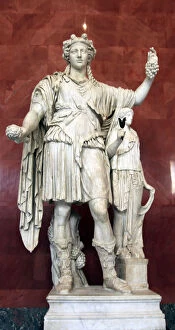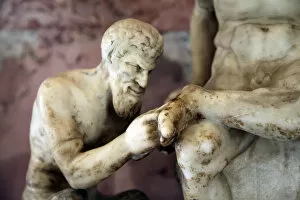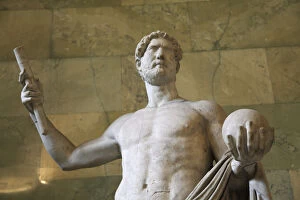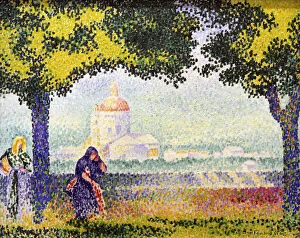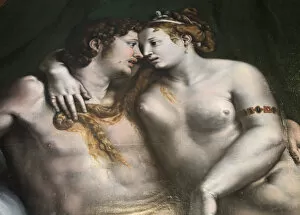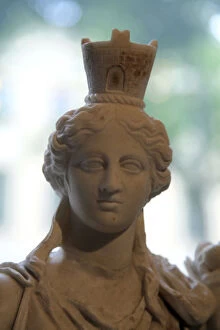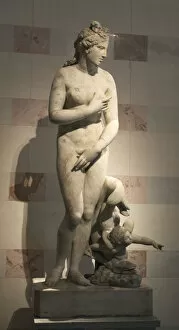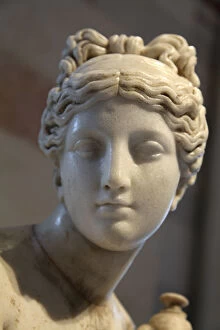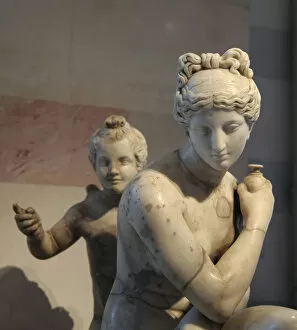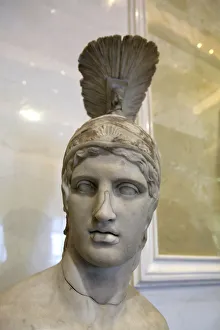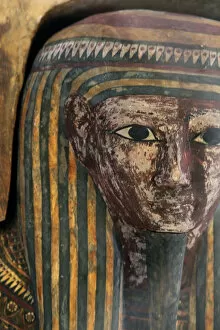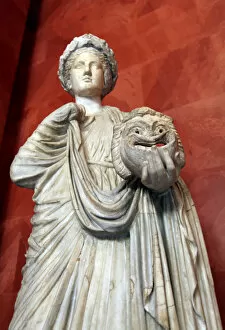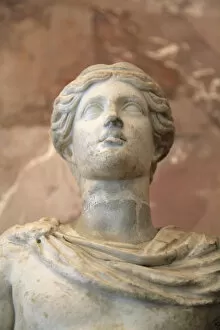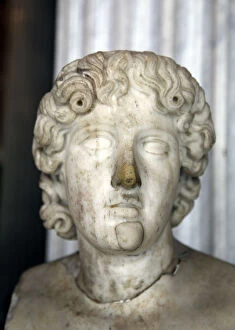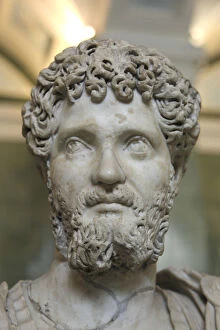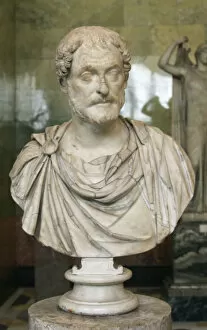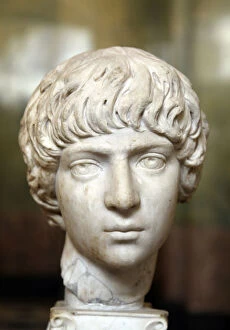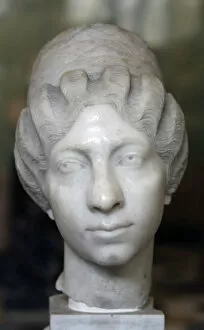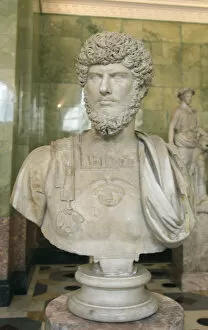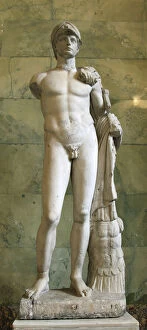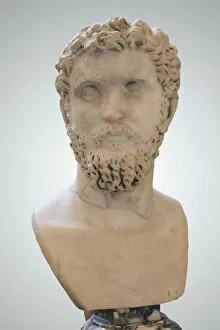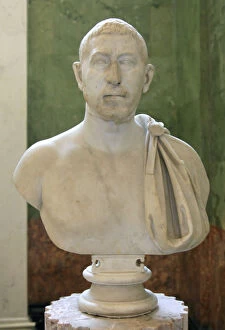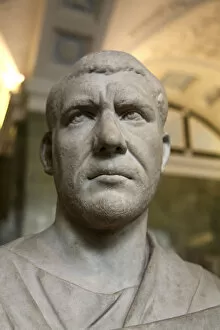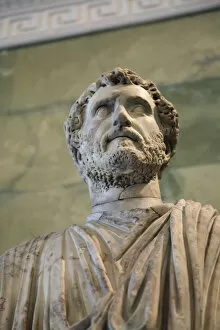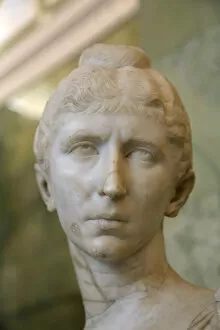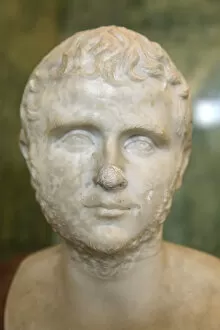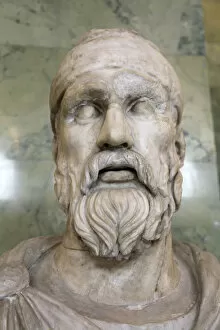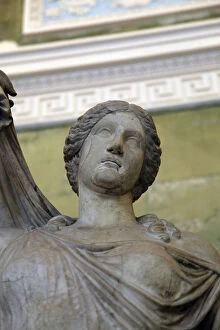The Art Collector Collection
"The Art Collector: A Journey Through Time and Beauty" Step into the enchanting world of art as we explore the captivating collection of a passionate connoisseur
All Professionally Made to Order for Quick Shipping
"The Art Collector: A Journey Through Time and Beauty" Step into the enchanting world of art as we explore the captivating collection of a passionate connoisseur. From Claude Monet's "Lady in the Garden, 1867" to Michelangelo Caravaggio's "Lute-Player, c1595, " this collector has curated an extraordinary assortment that spans centuries. Marvel at the strength exuded by "The Farnese Hercules, 18th century, " a magnificent sculpture that embodies power and grace. Transport yourself to biblical times with Gerrit van Honthorst's "Childhood of Christ, c1620, " where tender emotions come alive on canvas. Intrigue surrounds you as you encounter statues like Aphrodite and Eros bathing together, their forms frozen in eternal beauty. Witness the divine transformation of Augustus into Jupiter in the first half of the 1st century BC or feel love personified through Eros' delicate figure from the 2nd century. Experience healing energy emanating from Asklepios, Greek God of Healing, crafted meticulously during the early 2nd century. Let Dionysus captivate your senses with his wild spirit and zest for life embodied within his statue. Gaze upon Hadrian, Roman Emperor extraordinaire from the first half of the 2nd century AD; his regal presence commands attention even today. Admire Jupiter himself portrayed magnificently in late 1st-century sculpture - a testament to Roman mythology's enduring influence. Finally, immerse yourself in Henri Edmond Cross' breathtaking masterpiece capturing Assisi's Church of Santa Maria degli Angeli in all its glory during1909. The artist expertly brings light and color together to create an ethereal scene that transports viewers straight into paradise. This art collector has assembled these treasures not merely as objects but as windows into history and humanity itself – each piece telling its own story while contributing to a grand narrative of artistic expression.

